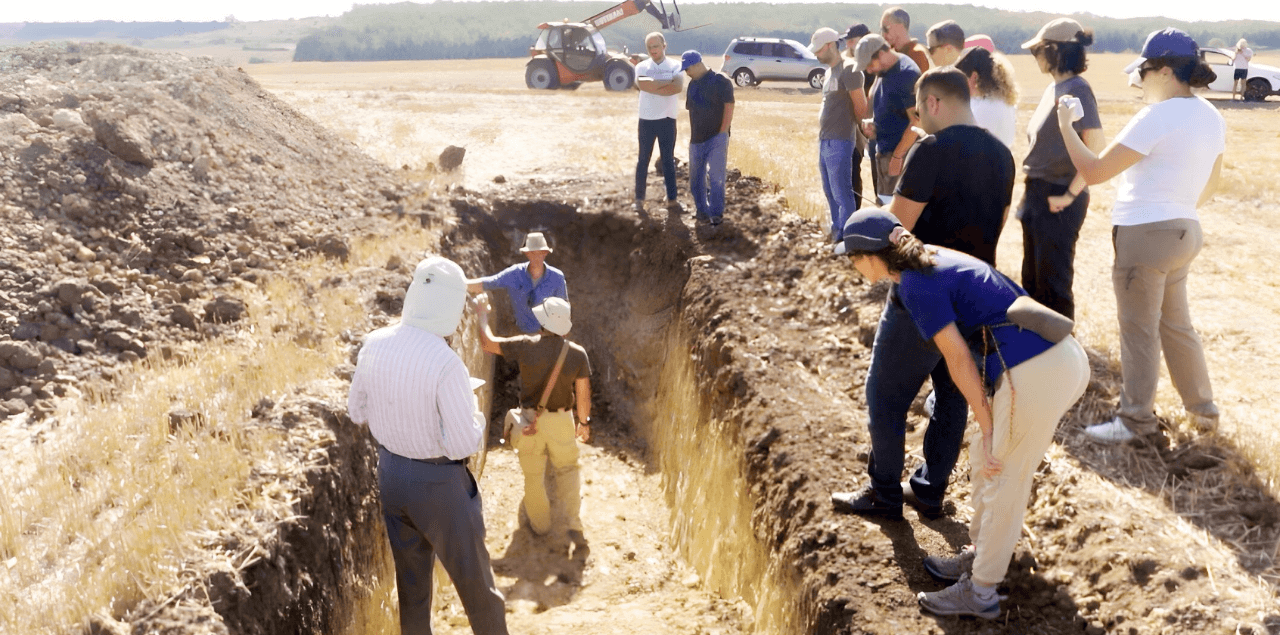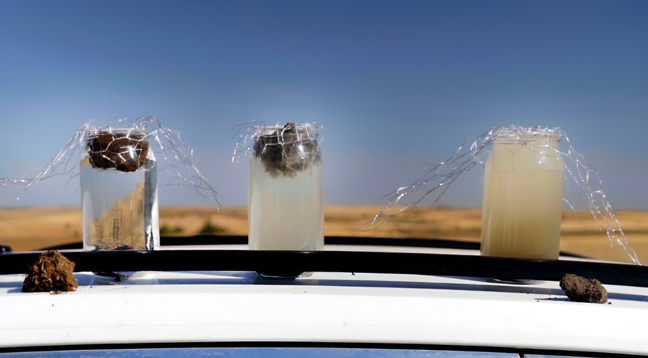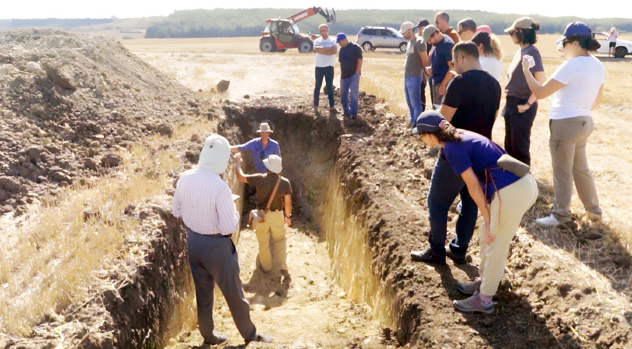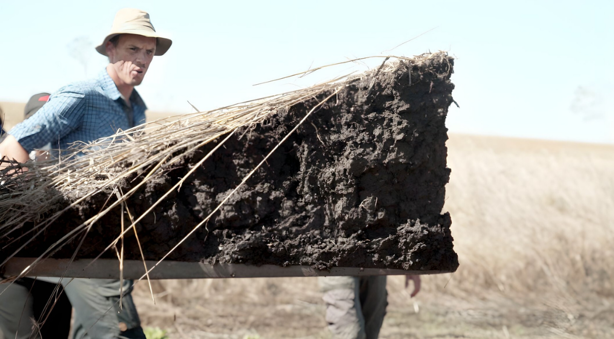
“ Partnering with farmers to enhance water resilience in their farming systems and facilitate the transition to regenerative agriculture.”
“ Partnering with farmers to enhance water resilience in their farming systems and facilitate the transition to regenerative agriculture.”
Regenerative Agriculture: A Case Study on Enhancing Water Resilience and Sustainability
Farmers worldwide are grappling with the diminishing water supply and erratic distribution patterns in the face of evolving climate challenges. The key to addressing this issue lies in empowering farmers with knowledge and practical techniques that enhance water resilience in their farming systems. This case study delves into a transformative regenerative agriculture project conducted in the Thrace region of Turkey. In collaboration with Soil Capital Farming, we aimed to have educational discussions and inspire our partner farmers to improve their water cycle and ultimately implement regenerative farming techniques or improve their current regen practices to achieve financial viability in an unpredictable climate.
Understanding the Impact of Rain: The Slake Test
One of the primary challenges farmers face is water's impact on soil stability. In the project's scope, we introduced a slake test, a visual assessment of the soil's ability to absorb water, and evaluated the impact of rain on soil. The results were stark and illuminating:

(Left to right: Forest Soil, 3 Years No-Till, Tilled Soil samples taken from the same region)
In areas subjected to conventional tillage, the soil rapidly disintegrated without any binding agents. Conversely, three years of employing a no-till approach showcased a noticeable improvement in soil stability, albeit slower. We observed the most striking contrast in forest soil, left untouched with great capacity to absorb water thanks to an ecosystem teeming with life inside – bacteria, fungus, and the crucial glomalin that acts as a natural glue holding the soil together.
Examining the Soil Profile
Examining the soil profile revealed compelling insights into the impact of different farming practices. Distinct color differences indicated the presence of organic matter, with fractures visible throughout – a testament to root channels and water pathways. These channels, left by both roots and worms, played a vital role in water infiltration, allowing roots to reach deeper levels and access water during periods of stress.


Farmer Testimonials: A Glimpse into Real-World Impact
Mustafa & Zerrin Yeşildal:
Mustafa and Zerrin, seasoned farmers in the Saray district of Thrace, shared their decade-long farming journey at Tarla Mera. They emphasized the principles of regenerative agriculture, focusing on minimal interference with the soil, biodiversity enhancement, and the positive impact of including animals in their farming system. The couple highlighted the benefits observed in their fields, underscoring the holistic approach that respects nature, soil health, and animal welfare.
Tolga Havsa:
Tolga Havsa, a seventh-generation farmer, recounted the shift to regenerative agriculture on Havsa Farm. Despite initial yield losses post-transition, the family noticed significant improvements in soil health, reducing the need for pesticides and fertilizers. Tolga highlighted the cost-cutting advantage of using minimal fuel, a byproduct of adopting regenerative practices. The overarching goal remained clear – finding sustainable solutions to retain soil moisture and alleviate crop stress.
Crop Rotation Planning for Regenerative Agriculture: A 6-Year Cycle
In pursuing sustainable and regenerative agriculture, developing a meticulously planned crop rotation proves pivotal for optimizing soil health, managing water resources efficiently, and ensuring long-term viability. Following field visits and insights from the slake test and soil profile analysis, seated around a table together, we crafted a comprehensive 6-year cycle that outlines the crop rotation intended for implementation at Tarla Mera and Havsa Farm.
Over these six years, the plan unfolds with alfalfa cultivation for two years, strategically addressing weed issues while contributing to nitrogen buildup. The third year marks a transition to winter canola, efficiently using nitrogen accumulated from the preceding alfalfa phase. The fourth year introduces a cover crop or a mixture, followed by sunflowers and winter wheat cultivation in the fifth year. The sixth year starts with the winter wheat harvest; the plan allows for flexibility, offering the option to plant winter barley or explore alternatives like lentils or cover crops paired with maize.
This comprehensive 6-year crop rotation plan, customized for the unique contexts of Tarla Mera and Havsa Farm, is a testament to the regenerative agriculture approach championing soil resilience, biodiversity, and sustainable practices in the face of evolving challenges posed by climate variability. Our periodic gatherings provide a platform for discussions that enable us to address challenges faced and modify the guiding plan, ensuring its adaptability and effectiveness in the dynamic agricultural landscape.
Collaborative Progress in Agriculture
This case study showcases a collaborative effort to transform conventional farming practices into regenerative models prioritizing water resilience, soil health, and sustainability. Through simple yet impactful tests and observations, farmers are not only adapting to the challenges posed by climate change but are also ensuring the longevity and viability of their agricultural endeavors. By sharing experiences and insights, we collectively work towards a future where sustainable practices safeguard the environment and farmers' livelihood.



